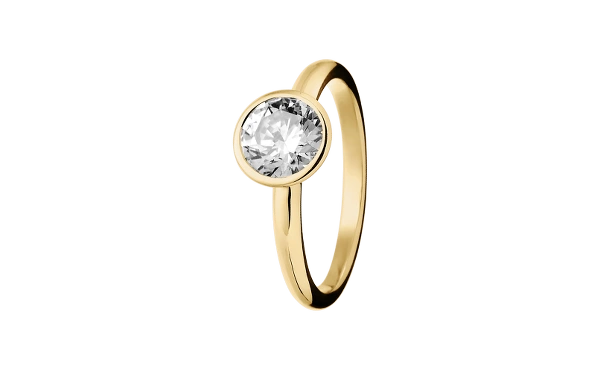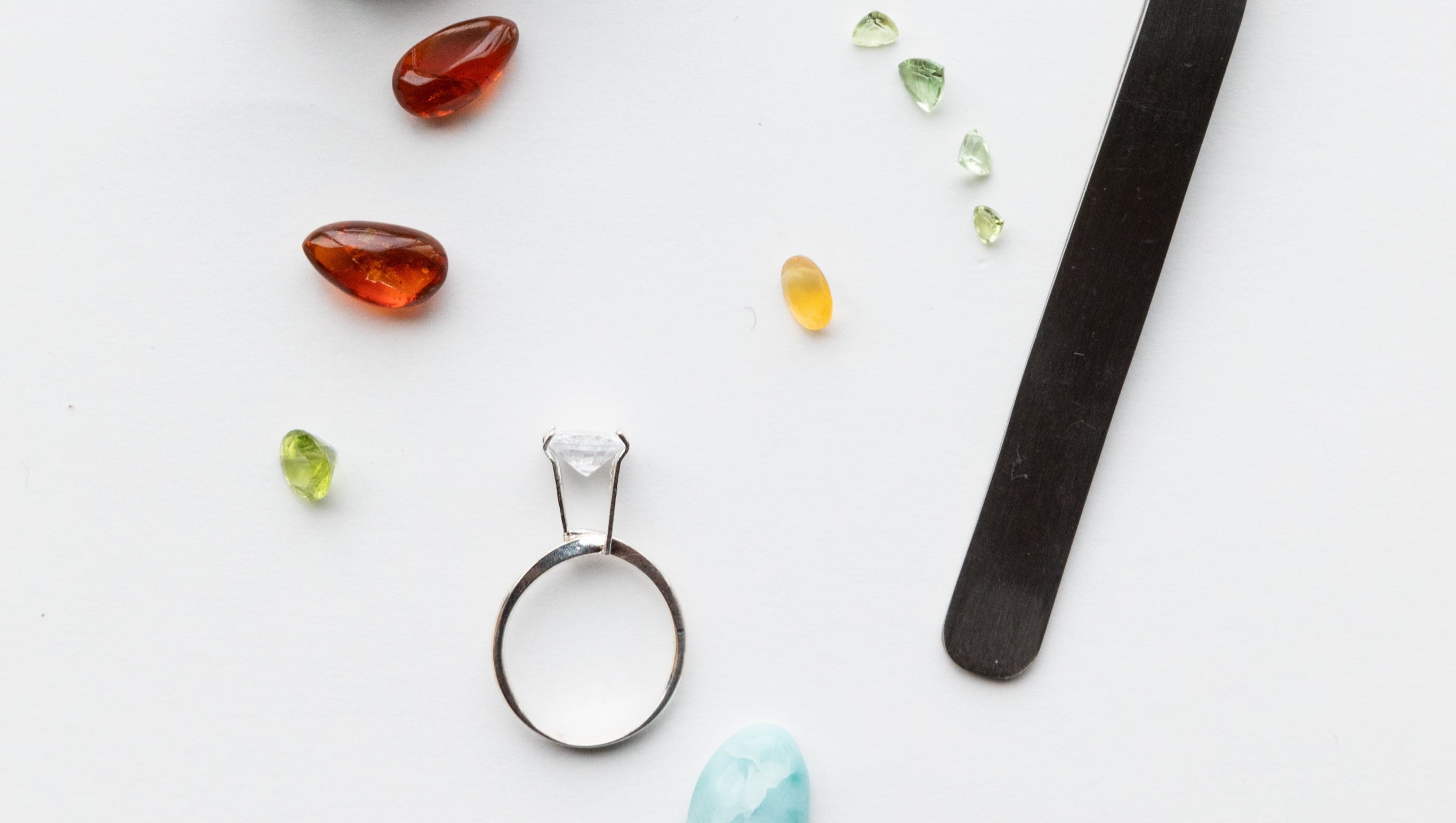The bezel setting is a further development of the cloisonné setting and the box setting – two very old methods of holding gemstones on jewelry.
The cloisonné setting is probably the oldest technique for setting gemstones . This precursor to the bezel setting can already be seen in the ring from Tello, which was made 4,500 years ago. The gemstone must have a flat underside here, as it is attached using cement. The next step towards today's bezel setting is the box setting, in which the gemstone is held by a narrow strip of precious metal running around it and pressed against it.
The functionality of the frame setting
The bezel setting differs from the older forms in that the gemstones do not rest on the base of the setting . Instead, they are on a ledge made of precious metal (called the bezel) that is attached to the inside of the wall of the setting. In the bezel setting, the gemstone is fixed from above by a ring made of precious metal, just like in the box setting.
The advantage of the bezel setting is that it can be open at the bottom, which allows more light to enter and gives transparent gemstones in particular a greater shine and more fire. In addition, it is not only suitable for stones that end in a flat plane at the bottom, but also for brilliant-cut stones, for example.
The advantages of the bezel setting are that the edges of the gemstones are very well protected against damage and they have a secure hold. However, the bezel setting is mainly suitable for round or oval shaped gemstones and is very complex to produce.
Jewelry with diamonds
jewelry with colored gemstones
jewelry settings
Things to know


